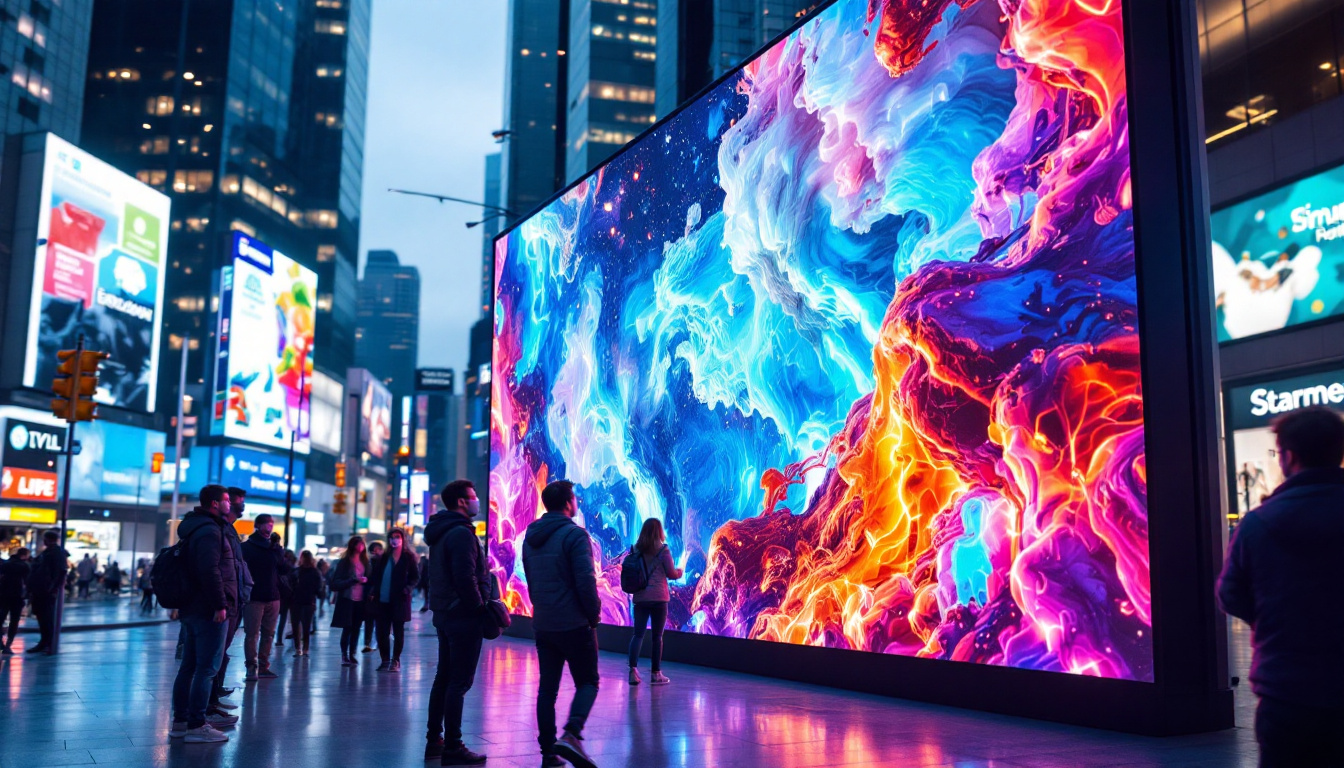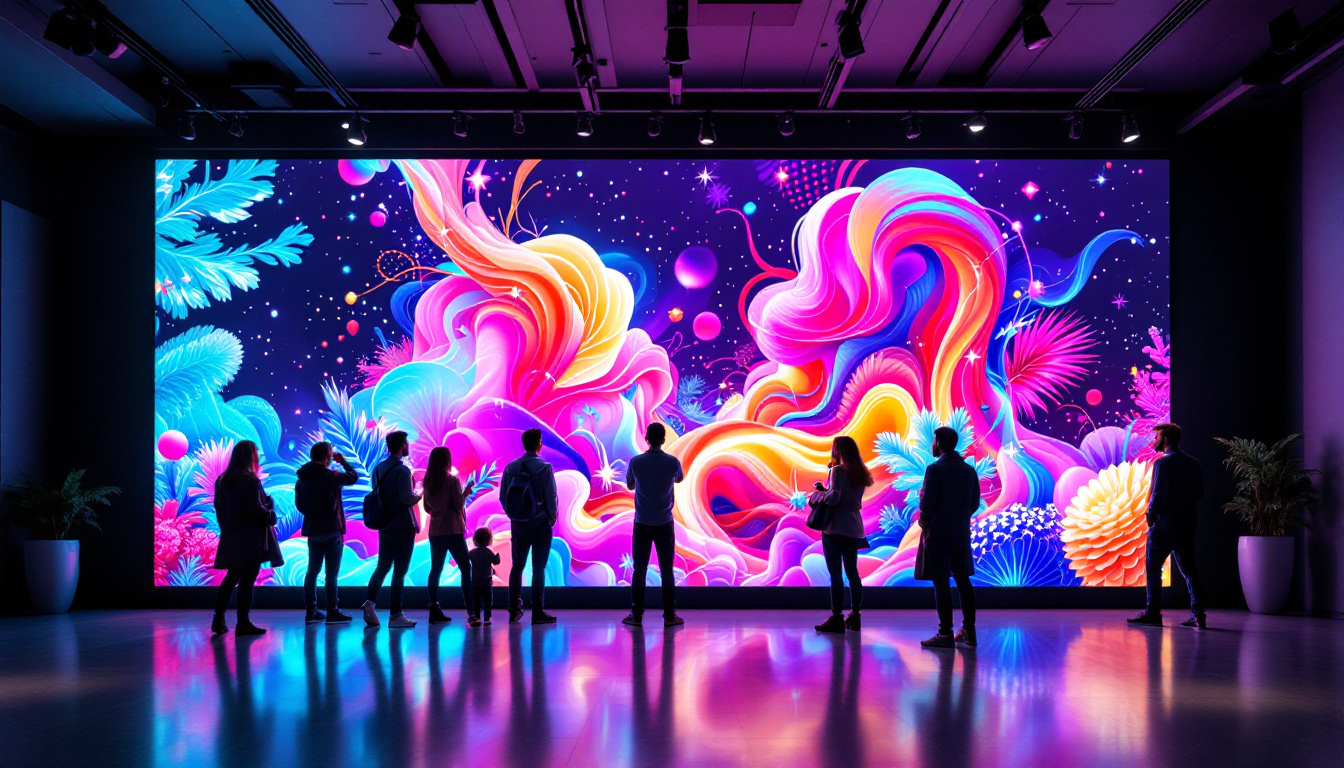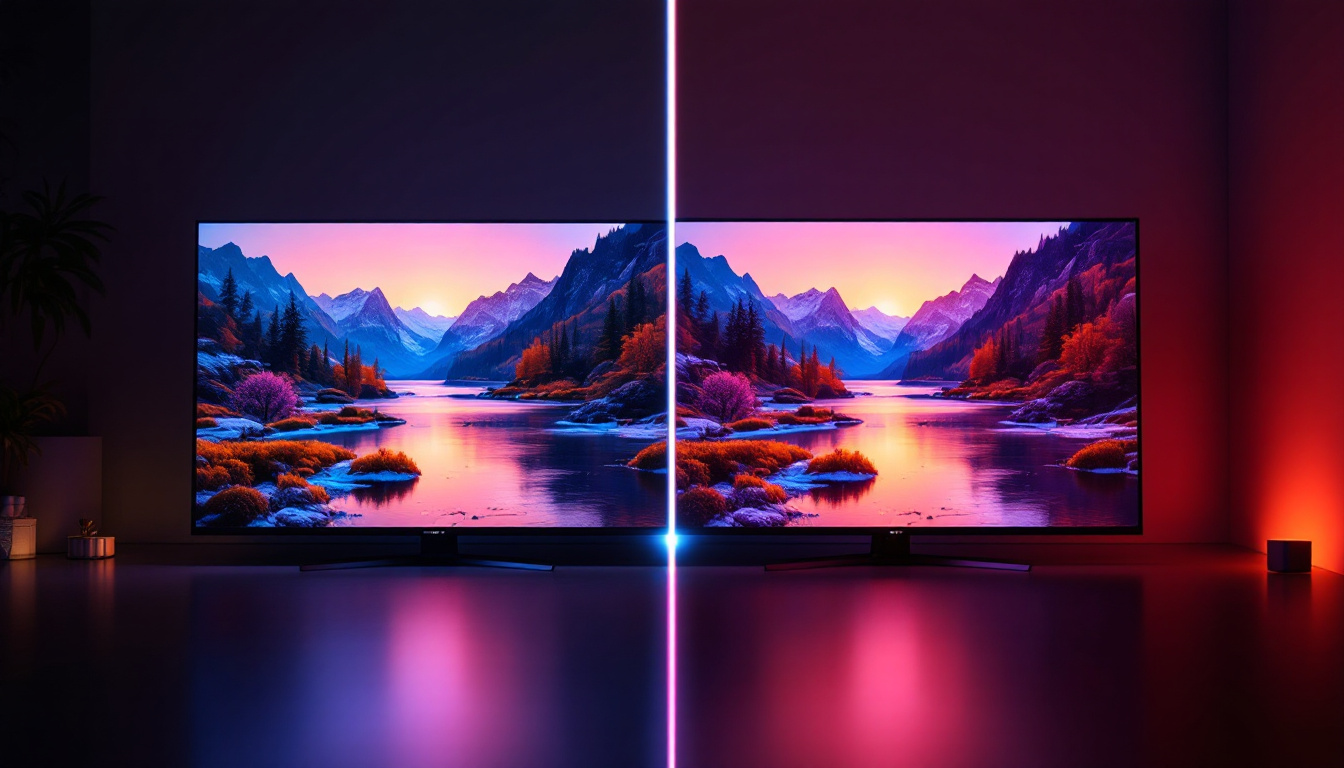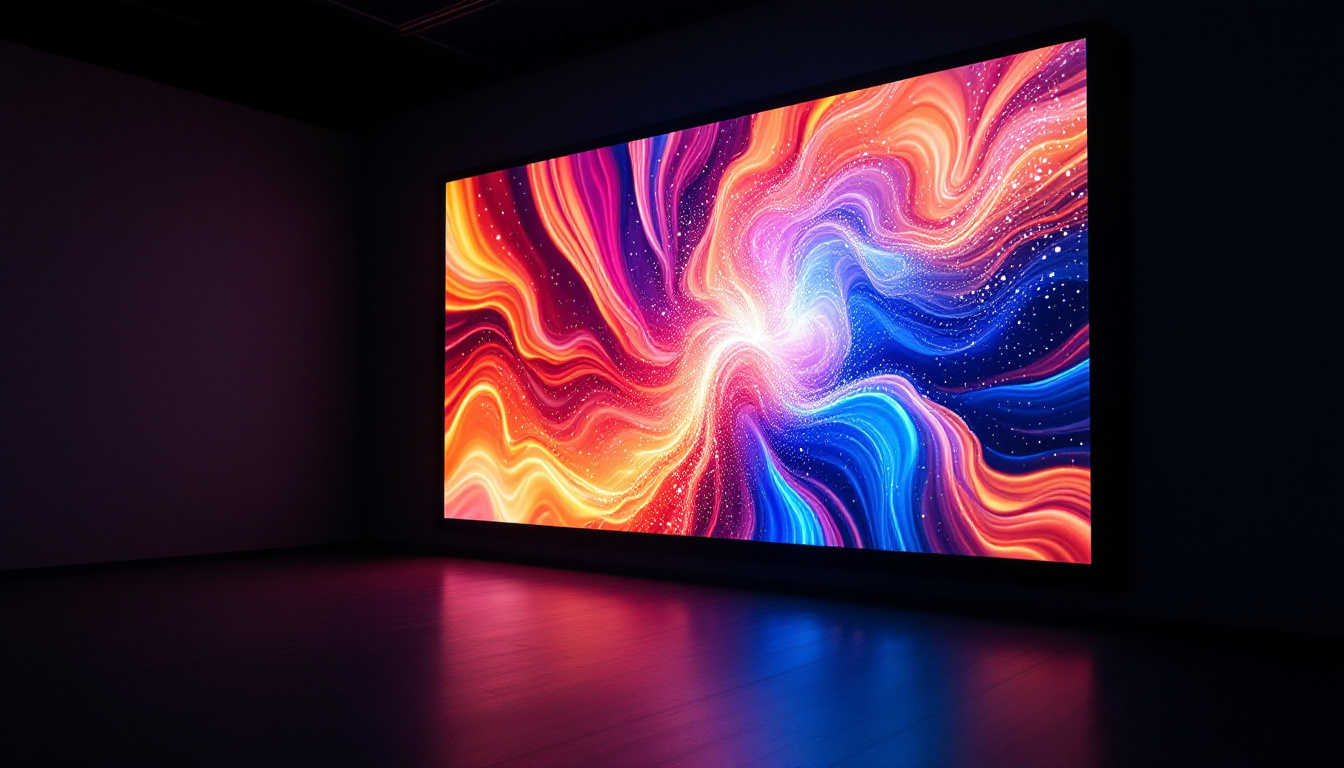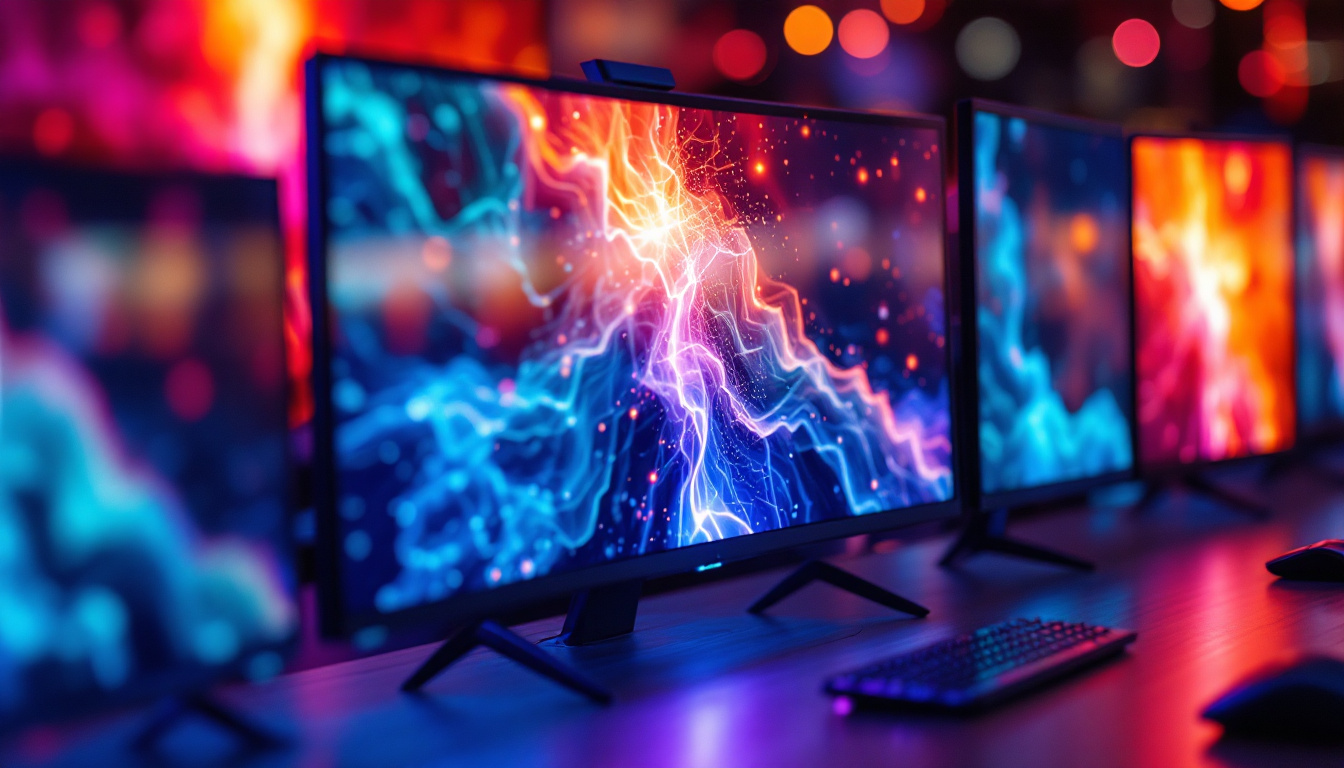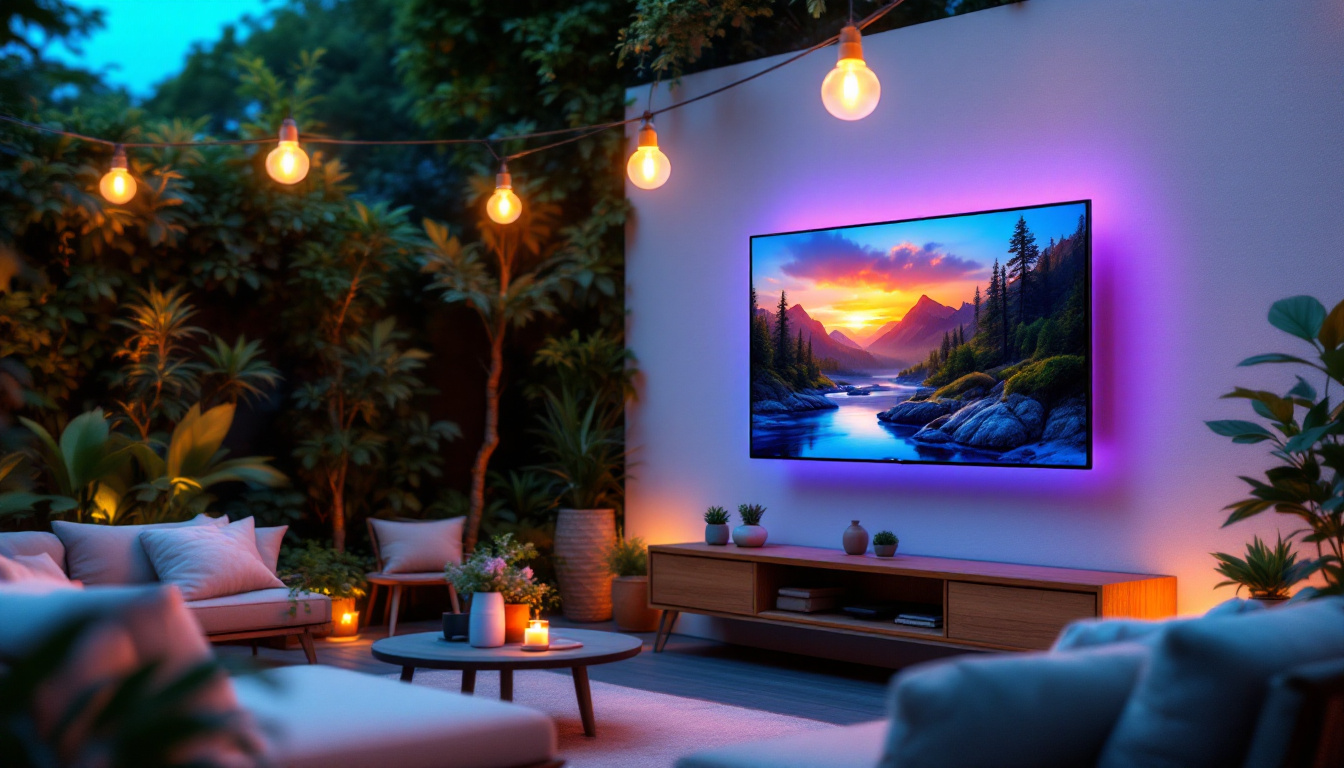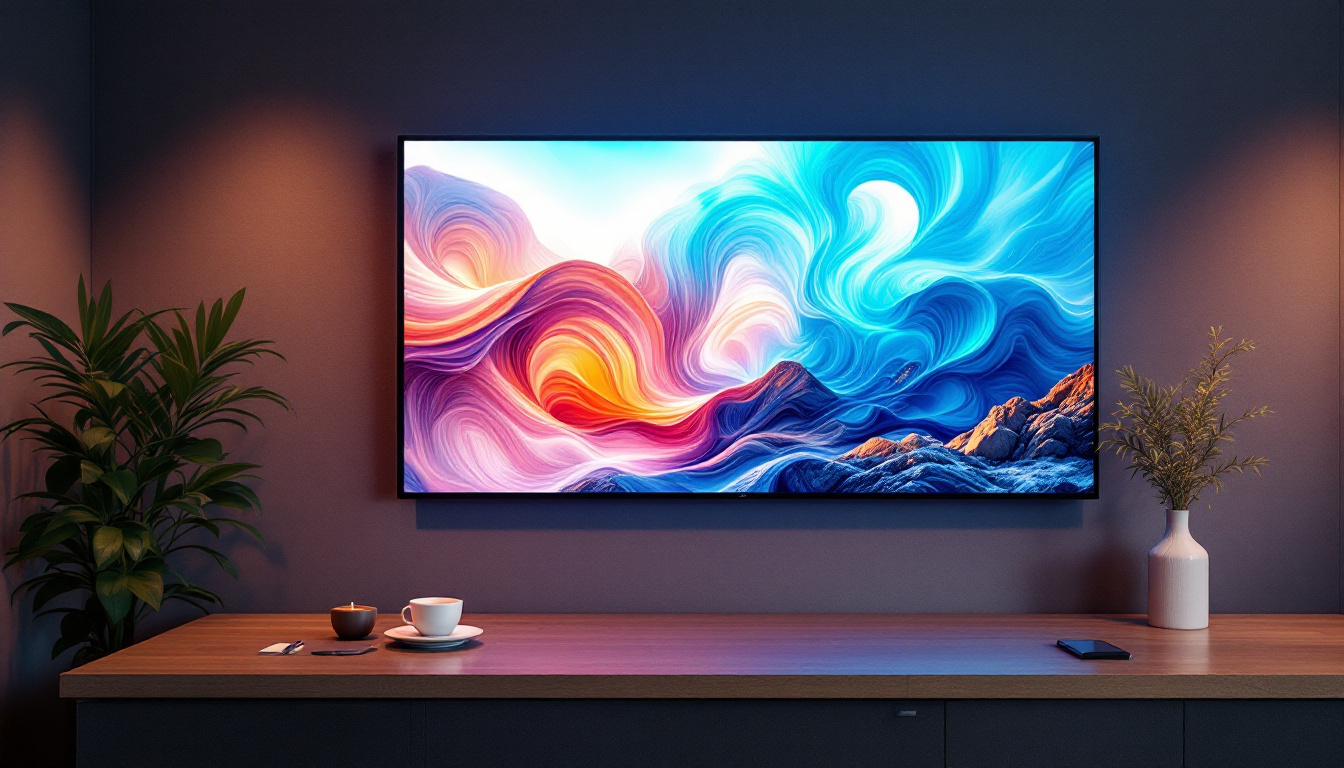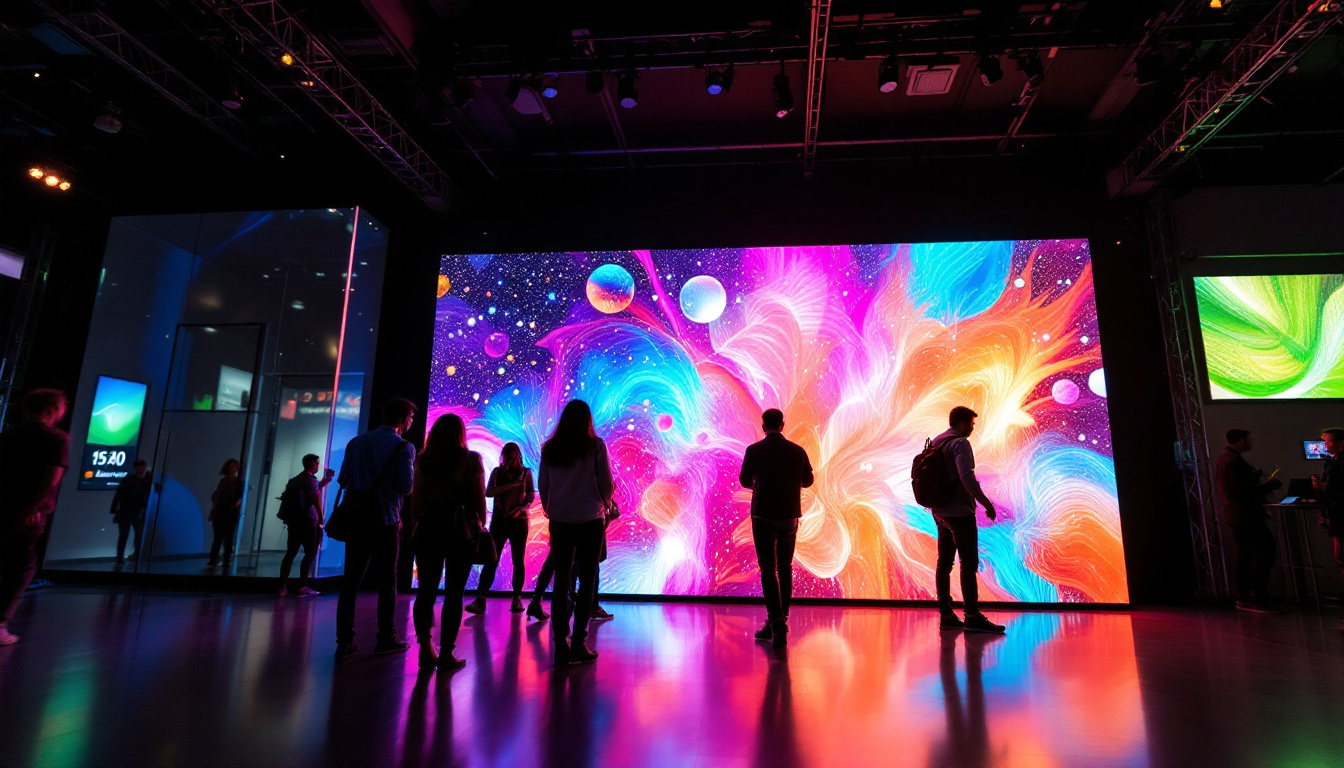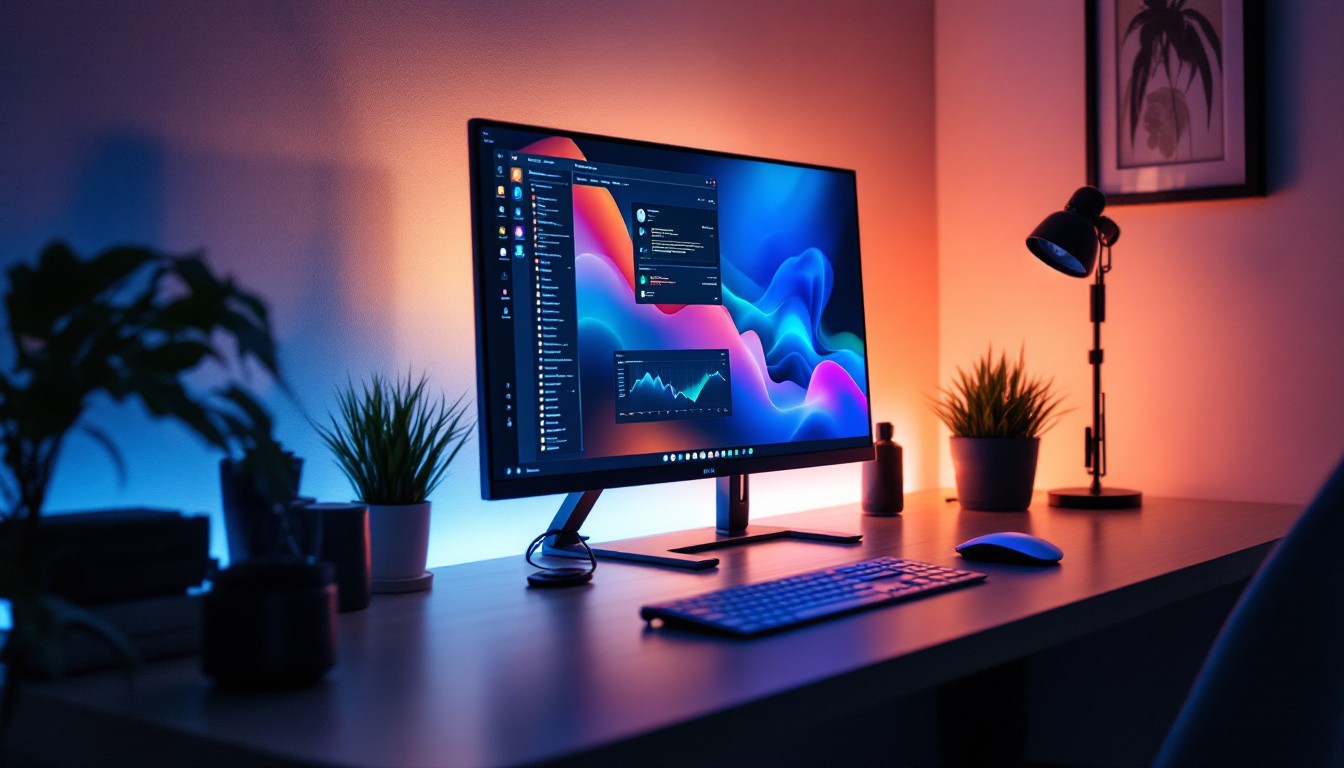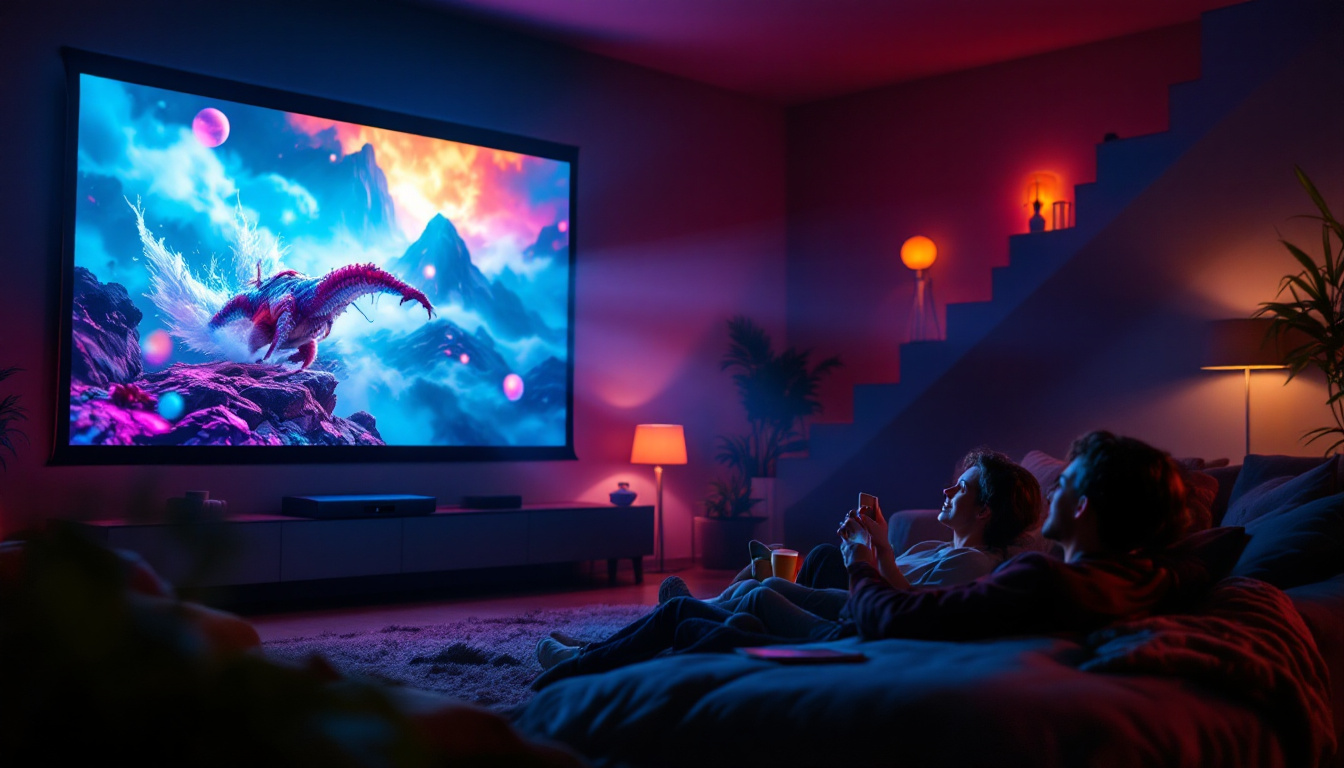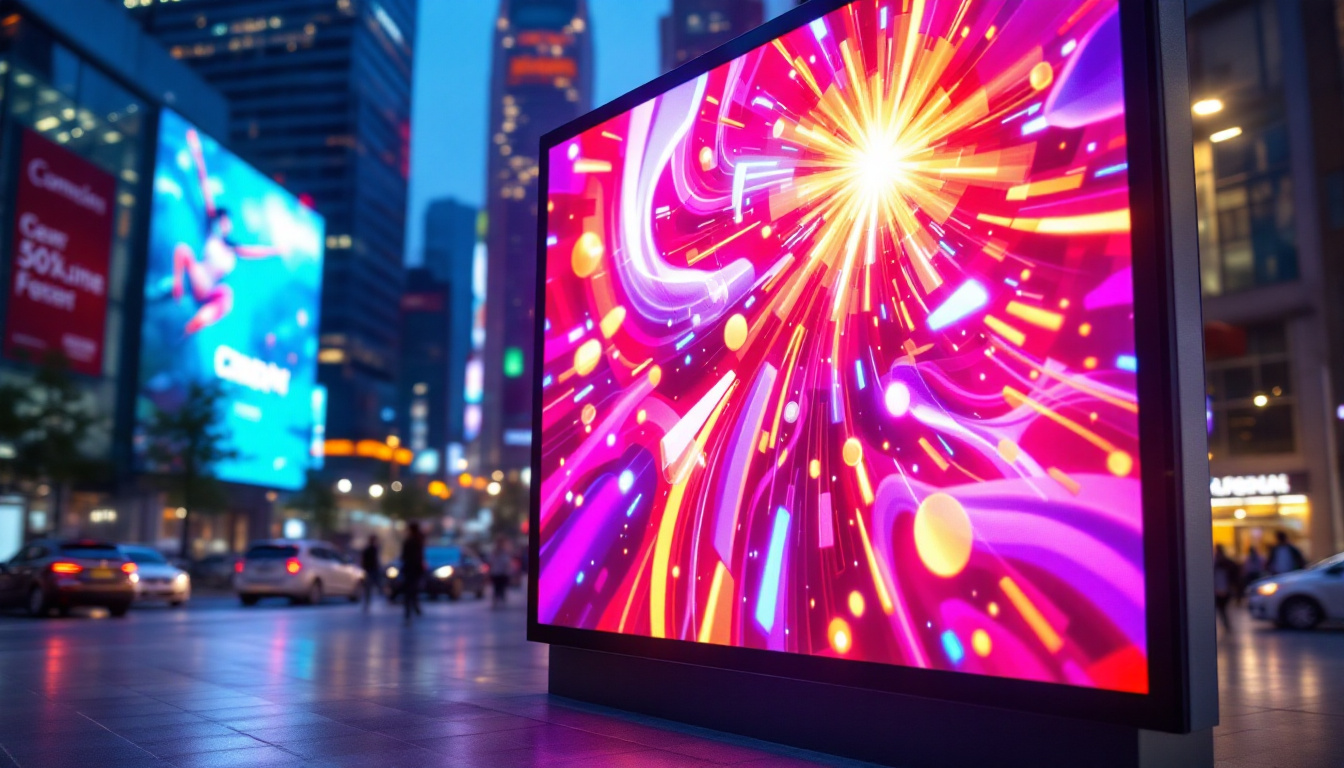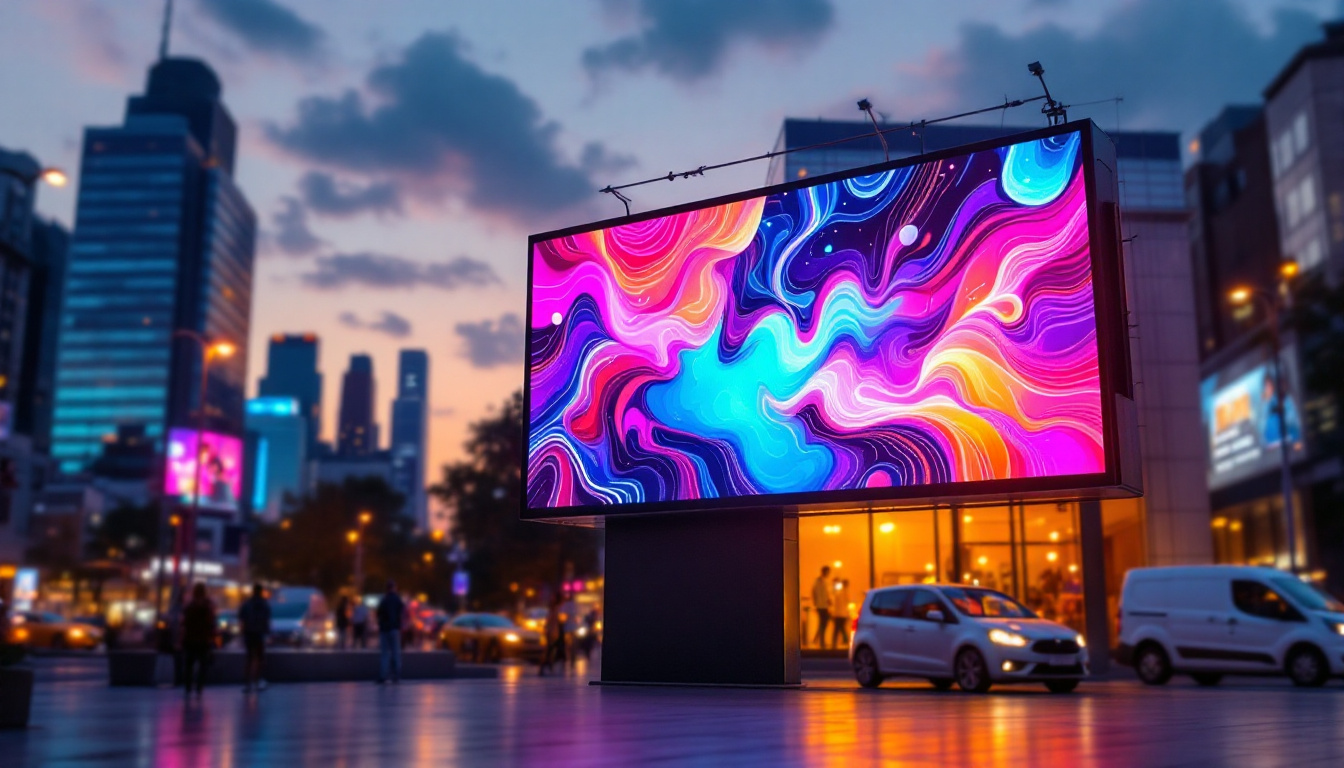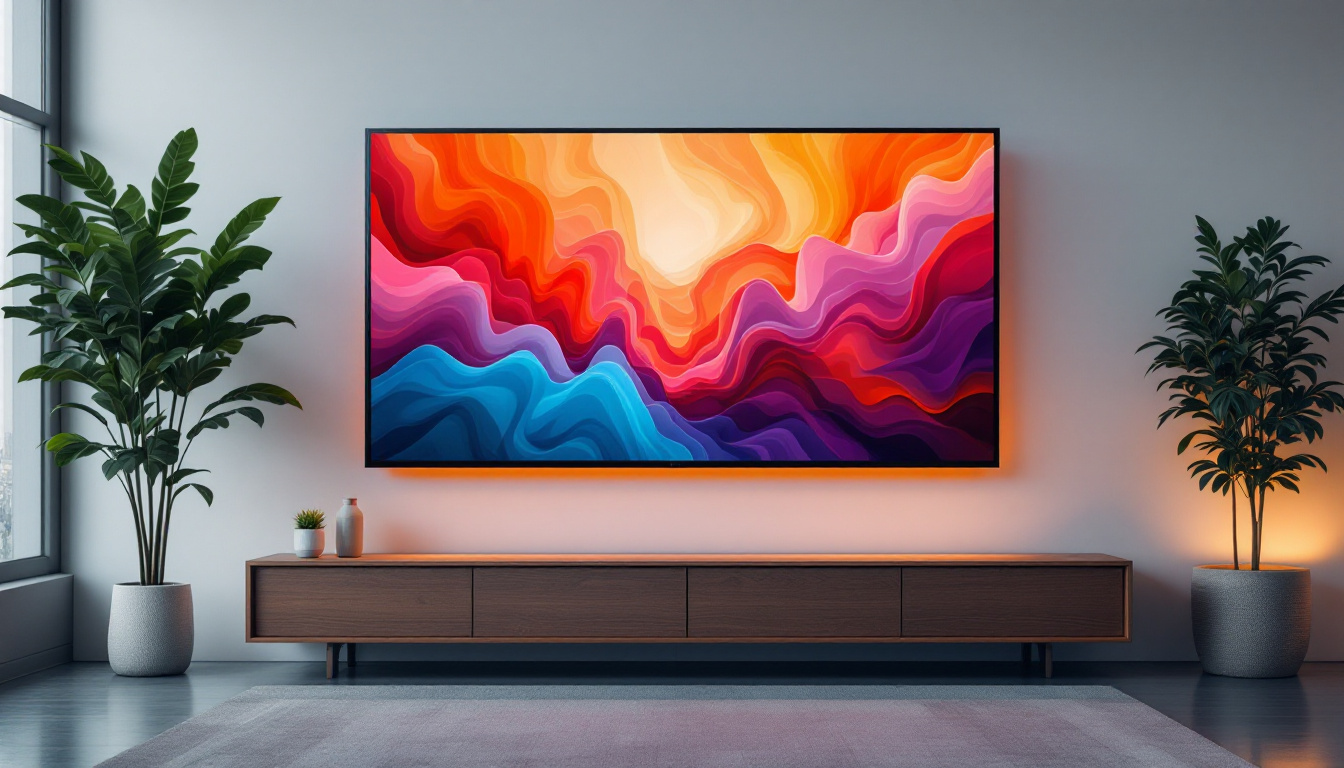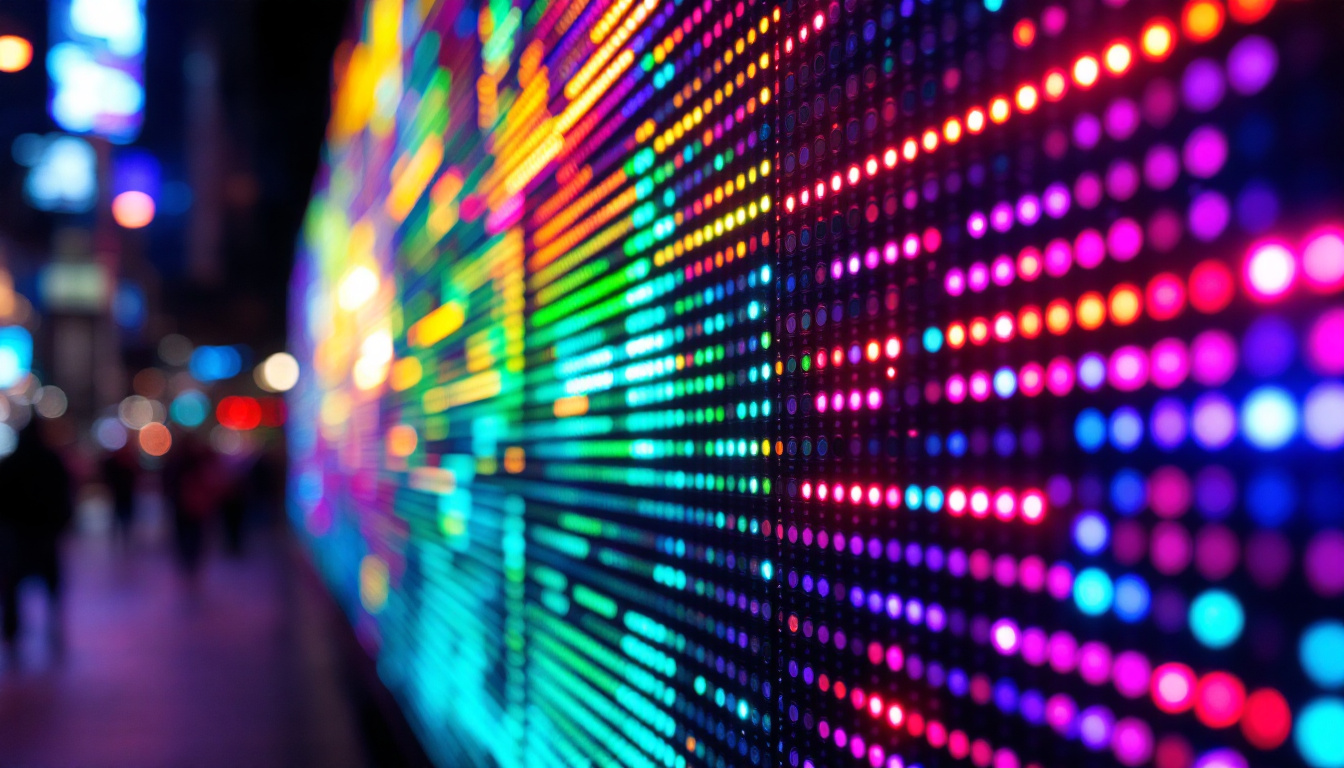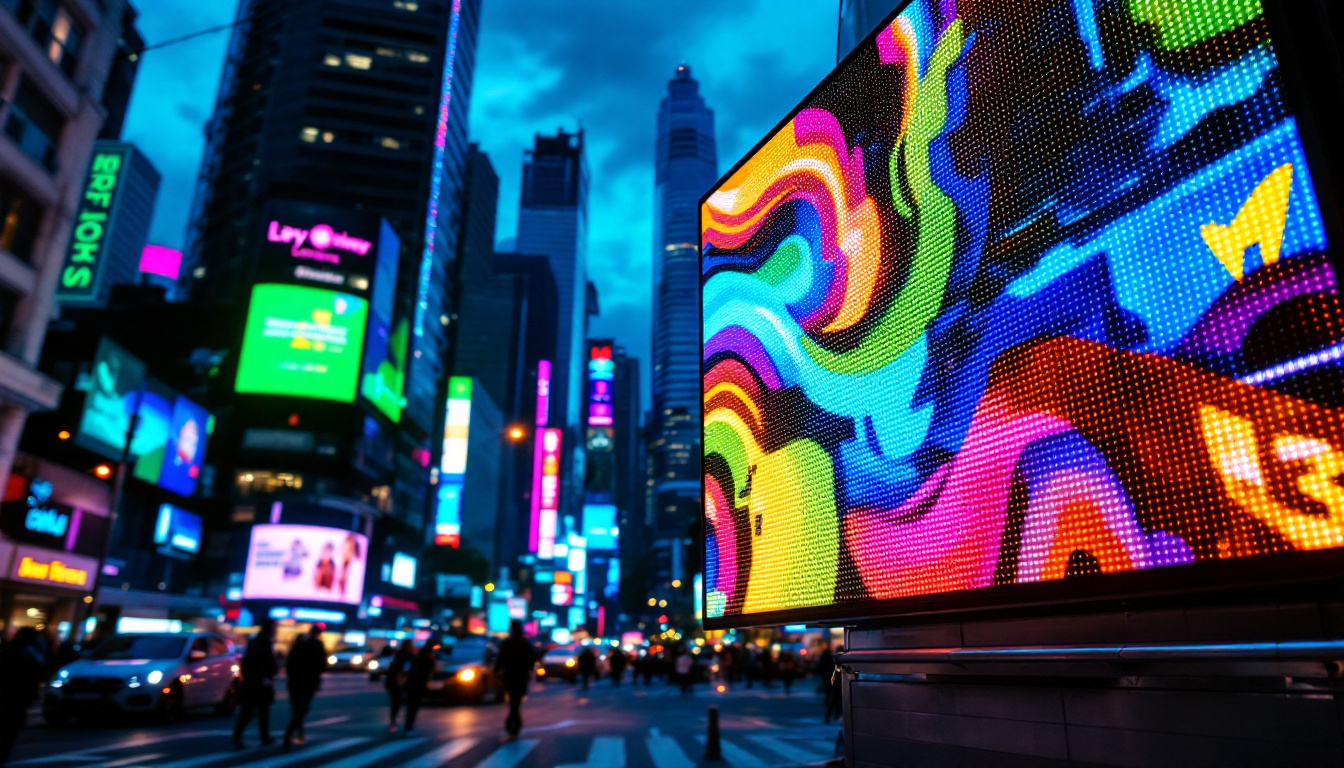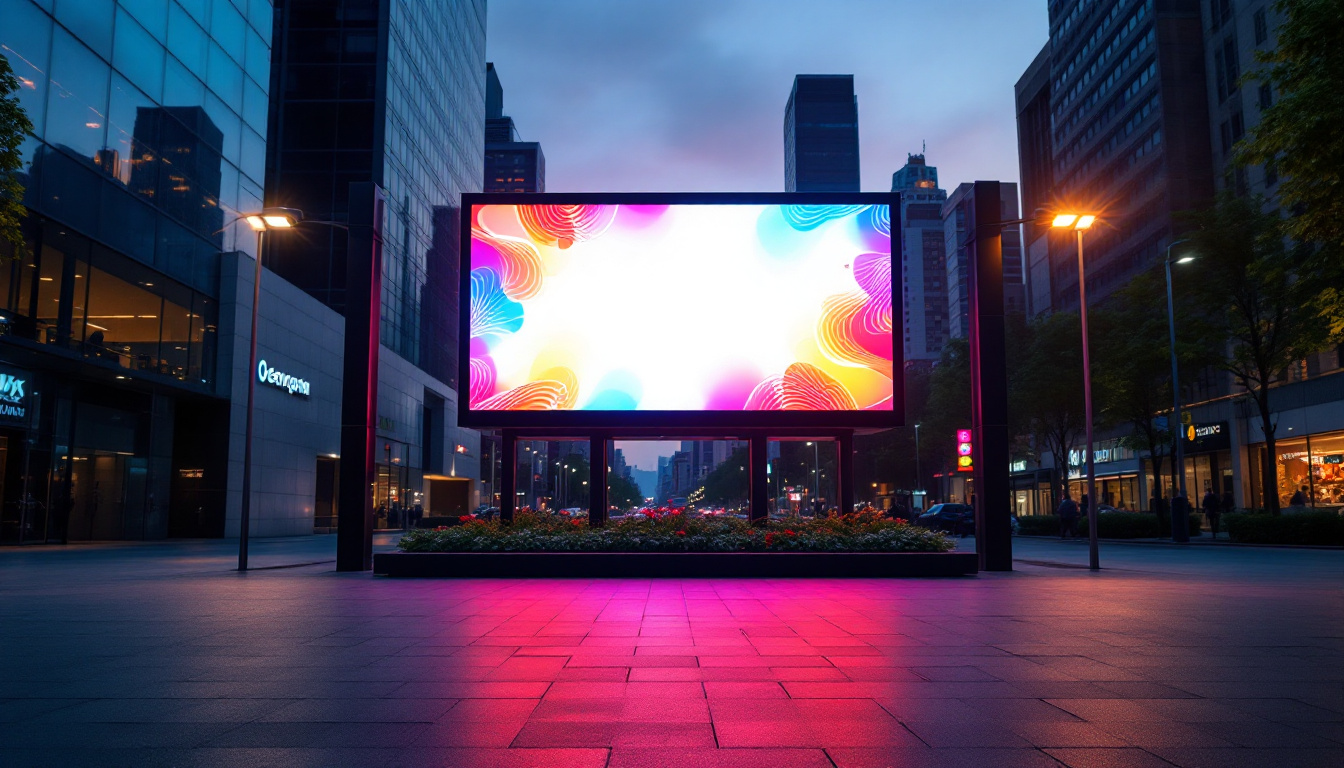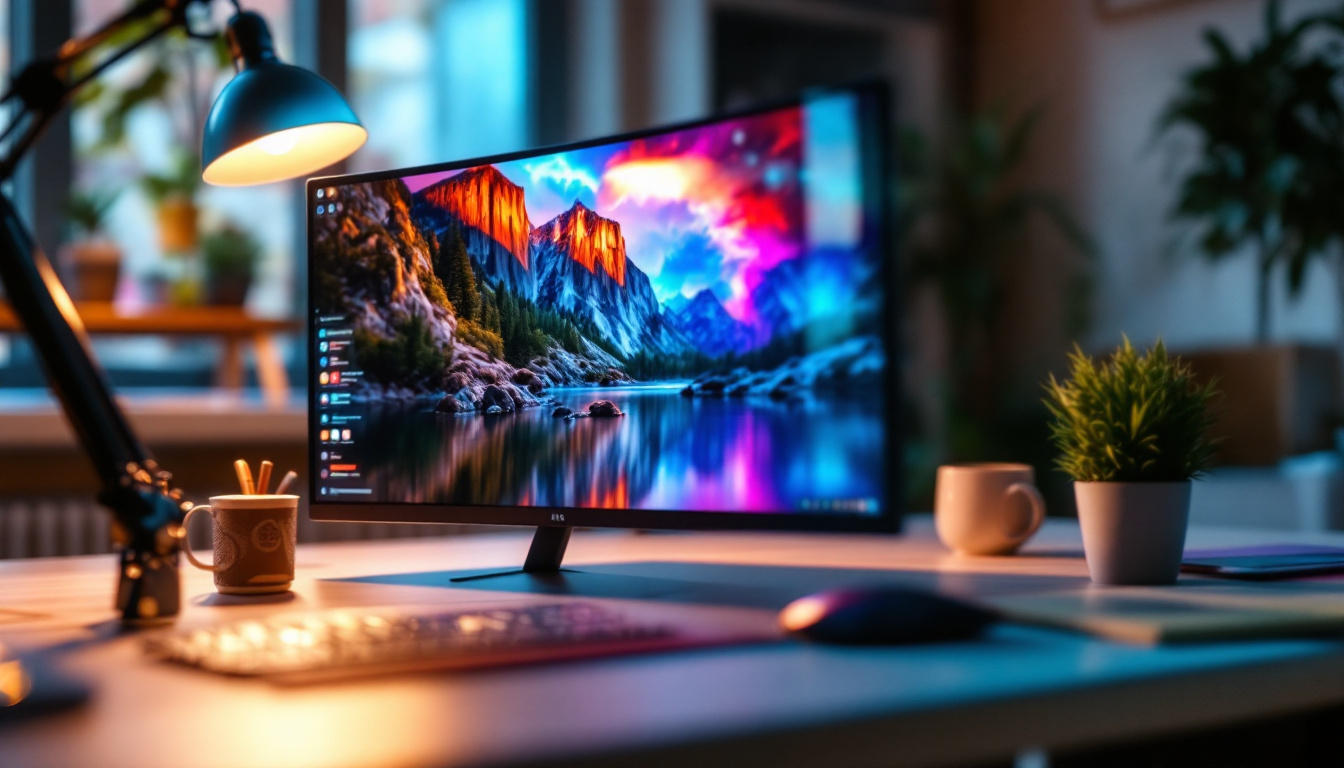In the ever-evolving realm of display technology, the introduction of DisplayPort 1.4 has marked a significant milestone. This advanced interface not only enhances the quality of visual output but also supports a range of features that cater to the needs of modern users. With the rise of LED displays, understanding the specifications of DisplayPort 1.4 becomes crucial for anyone looking to optimize their viewing experience.
Understanding DisplayPort 1.4
DisplayPort 1.4, released in March 2016, is an upgrade over its predecessor, DisplayPort 1.3. This version supports higher resolutions, increased bandwidth, and improved features that are essential for high-performance displays. The specifications of DisplayPort 1.4 make it an ideal choice for gamers, graphic designers, and anyone who demands high-quality visuals.
Key Features of DisplayPort 1.4
One of the standout features of DisplayPort 1.4 is its ability to support 8K resolution at 60Hz, which is a significant leap forward in display technology. This capability is made possible through a maximum bandwidth of 32.4 Gbps, allowing for the transmission of high-quality video and audio signals without any loss of fidelity. With 8K resolution, users can experience four times the pixel density of 4K, providing an incredibly sharp and detailed image that is particularly beneficial for large screens and immersive environments.
Additionally, DisplayPort 1.4 introduces support for High Dynamic Range (HDR), which enhances the contrast and color range of images. This feature is particularly beneficial for LED displays, as it allows for more vibrant colors and deeper blacks, resulting in a more immersive viewing experience. HDR content, whether in gaming or streaming, can truly come to life, making scenes appear more realistic and engaging. As more media is produced with HDR capabilities, having a compatible display becomes increasingly important for consumers seeking the best visual experience.
Compression Techniques
Another important aspect of DisplayPort 1.4 is its use of Display Stream Compression (DSC). This visually lossless compression technology enables the transmission of high-resolution video streams without compromising quality. DSC is particularly useful when dealing with ultra-high-definition content, allowing for smoother playback and reduced latency. By efficiently managing data transfer, DSC ensures that even the most demanding applications, such as virtual reality and high-end gaming, can run seamlessly without sacrificing image quality.
Furthermore, DisplayPort 1.4 supports Multi-Stream Transport (MST), which allows multiple displays to be connected to a single output. This feature is invaluable for professionals who require multiple screens for multitasking or for gamers who want an expansive gaming setup. With MST, users can daisy-chain multiple monitors, simplifying cable management and reducing the number of ports required on a graphics card. This not only enhances productivity but also creates a more organized workspace, allowing users to focus on their tasks without the distraction of cluttered cables. The flexibility of MST makes it a preferred choice for creative professionals who often work with various applications simultaneously, as well as for gamers who seek an edge with a wider field of view. Additionally, the ability to customize display arrangements through software adds to the versatility of this feature, making it easier to tailor the setup to individual preferences and workflows.
LED Display Technology
LED displays have gained immense popularity due to their superior brightness, energy efficiency, and thin form factor. They utilize light-emitting diodes (LEDs) to produce images, making them a preferred choice for both commercial and personal use. Understanding how DisplayPort 1.4 interacts with LED technology is essential for maximizing display performance.
Advantages of LED Displays
One of the primary advantages of LED displays is their ability to produce brighter images compared to traditional LCD screens. This brightness is particularly beneficial in well-lit environments, ensuring that content remains visible and vibrant. Coupled with the HDR support from DisplayPort 1.4, LED displays can showcase a wider color gamut, providing a more realistic viewing experience.
Energy efficiency is another key benefit of LED technology. LED displays consume significantly less power than their LCD counterparts, making them an environmentally friendly option. This efficiency is particularly important for users who spend long hours in front of their screens, as it can lead to reduced energy bills and a smaller carbon footprint. Additionally, the longevity of LED displays means that they often have a longer lifespan than traditional displays, reducing the need for frequent replacements and further contributing to sustainability efforts.
Integration with DisplayPort 1.4
The integration of DisplayPort 1.4 with LED displays enhances the overall performance and usability of these screens. The high bandwidth and advanced features of DisplayPort 1.4 allow for seamless transmission of high-resolution content, ensuring that users can enjoy their favorite movies, games, and applications in stunning detail. This capability is particularly advantageous for gamers and content creators who demand high refresh rates and low latency to achieve an immersive experience.
Moreover, the support for multiple displays through MST enables users to create a multi-monitor setup with ease. This is particularly advantageous for professionals who require extensive screen real estate for tasks such as video editing, graphic design, or data analysis. The ability to daisy-chain multiple displays not only simplifies cable management but also enhances productivity, allowing users to multitask efficiently across various applications. Furthermore, the adaptive sync technology supported by DisplayPort 1.4 helps eliminate screen tearing and stuttering, ensuring smooth visuals even during fast-paced action sequences or complex animations.
Comparing DisplayPort 1.4 with Other Standards
To fully appreciate the capabilities of DisplayPort 1.4, it is essential to compare it with other display standards such as HDMI 2.0 and HDMI 2.1. Each of these standards has its unique features and specifications, catering to different user needs.
DisplayPort 1.4 vs HDMI 2.0
HDMI 2.0, released in 2013, supports a maximum bandwidth of 18 Gbps, which is significantly lower than the 32.4 Gbps offered by DisplayPort 1.4. This limitation means that while HDMI 2.0 can support 4K resolution at 60Hz, it struggles with higher resolutions such as 8K.
Additionally, DisplayPort 1.4’s support for DSC and MST gives it an edge in terms of flexibility and performance. While HDMI 2.0 is widely used for consumer electronics such as TVs and gaming consoles, DisplayPort 1.4 is often favored in professional settings where high-resolution displays are essential.
DisplayPort 1.4 vs HDMI 2.1
HDMI 2.1, released in 2017, introduced several new features, including support for 8K resolution at 60Hz and 4K at 120Hz. It also supports Variable Refresh Rate (VRR) and Auto Low Latency Mode (ALLM), making it a strong contender for gaming applications. However, DisplayPort 1.4 still holds its ground with its superior bandwidth and support for multiple displays.
While HDMI 2.1 is making strides in the consumer market, DisplayPort 1.4 remains a preferred choice for high-end PCs and professional setups. The choice between the two largely depends on the specific requirements of the user and the devices being utilized.
Real-World Applications of DisplayPort 1.4
The versatility of DisplayPort 1.4 makes it suitable for a wide range of applications, from gaming to professional content creation. Understanding these applications can help users make informed decisions about their display setups.
Gaming
For gamers, the high refresh rates and resolutions supported by DisplayPort 1.4 provide a competitive edge. The ability to connect multiple monitors through MST allows for immersive gaming experiences, where players can enjoy expansive views of their virtual worlds. Additionally, the support for HDR enhances the visual quality of games, making colors pop and shadows more defined.
Professional Content Creation
In the realm of professional content creation, DisplayPort 1.4 is invaluable. Graphic designers, video editors, and photographers can benefit from the high resolutions and color accuracy that DisplayPort 1.4 offers. The ability to connect multiple displays allows for efficient workflows, enabling professionals to view multiple applications simultaneously without sacrificing quality.
Home Theater Systems
For home theater enthusiasts, DisplayPort 1.4 opens up new possibilities for high-quality video playback. With support for 8K resolution and HDR, users can enjoy their favorite movies and shows in stunning detail. The flexibility of connecting multiple devices through a single output simplifies setup and enhances the overall viewing experience.
Future of Display Technology
As technology continues to advance, the future of display interfaces like DisplayPort 1.4 looks promising. With the increasing demand for higher resolutions and better color accuracy, further developments are expected in the coming years.
Upcoming Standards
DisplayPort 2.0 is on the horizon, promising even greater bandwidth and support for higher resolutions and refresh rates. This next-generation standard aims to accommodate the growing needs of users who demand the best in visual performance. With features like support for 16K resolution and improved HDR capabilities, DisplayPort 2.0 is set to redefine the standards of display technology.
Integration with Emerging Technologies
As new technologies such as virtual reality (VR) and augmented reality (AR) gain traction, the need for high-performance display interfaces will only increase. DisplayPort 1.4, with its robust specifications, is well-positioned to support these emerging technologies, ensuring that users can experience immersive environments with minimal latency.
Conclusion
DisplayPort 1.4 has established itself as a leading standard in the realm of display technology, offering a range of features that cater to both casual users and professionals alike. Its ability to support high resolutions, advanced compression techniques, and multiple displays makes it an ideal choice for anyone looking to enhance their visual experience.
As LED displays continue to dominate the market, understanding the specifications and capabilities of DisplayPort 1.4 becomes increasingly important. Whether for gaming, professional content creation, or home entertainment, the integration of DisplayPort 1.4 with LED technology ensures that users can enjoy stunning visuals and unparalleled performance.
Looking ahead, the future of display technology promises even greater advancements, with upcoming standards like DisplayPort 2.0 set to push the boundaries of what is possible. Staying informed about these developments will empower users to make the best choices for their display needs, ensuring that they remain at the forefront of visual innovation.
Explore Cutting-Edge LED Display Solutions with LumenMatrix
Ready to elevate your visual experience with the latest in LED display technology? LumenMatrix is at the forefront of innovation, offering a diverse range of LED display modules designed to bring your content to life. From captivating Indoor LED Walls to dynamic Outdoor LED Displays, and from versatile Vehicle LED Displays to sleek LED Poster Displays, our solutions are crafted to enhance engagement and brand visibility. Discover the transformative power of LED Sports Displays, interactive Floor LED Displays, and the sheer elegance of LED Transparent Displays. Embrace the future of visual communication with LumenMatrix’s All-in-One LED Display solutions, tailored to deliver your message with unparalleled impact and clarity. Check out LumenMatrix LED Display Solutions today and join the revolution in digital signage and display technology.


